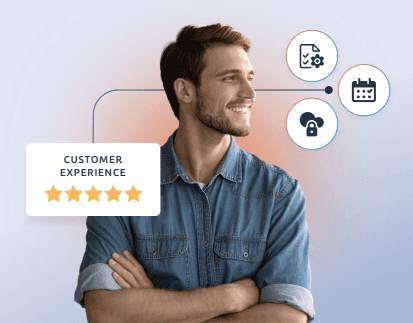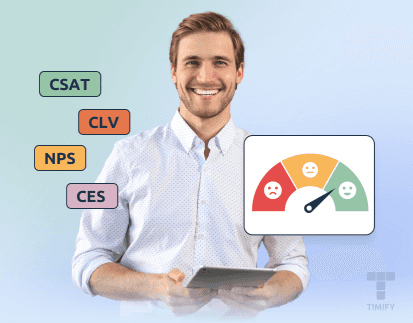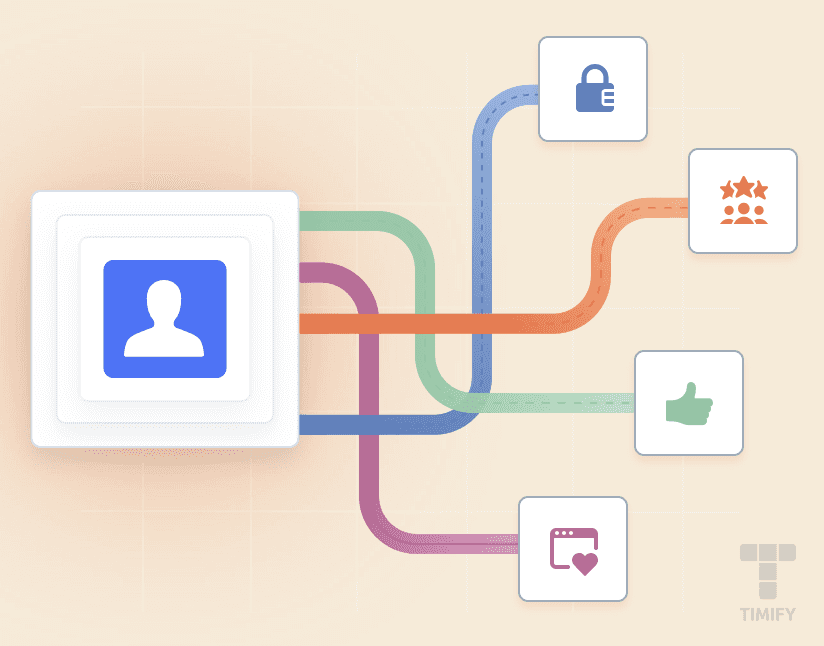

Rachel Weinberg
Rachel is an experienced marketing professional, content strategist, writer, and editor.
Personalization is vital for modern businesses. Today’s customers are significantly less likely to respond to content and messaging that doesn’t resonate with their needs, preferences, and experiences. To make your content relevant and engaging, you need to get personal.
Whether you’re booking client appointments to fit customers’ schedules or recommending products based on purchase history, consider how you can tailor the experience for each individual.
This type of personalization requires one key ingredient: data.
Let’s dive into how to gather and use data to personalize the customer experience, improve customer loyalty, and boost conversions.
Benefits of personalization

Personalization is key for driving modern brand performance. It’s now harder than ever to capture customers’ attention. Even when you do manage to grab their attention, it’s not easy to keep it.
This is where personalization comes in.
Effective personalization strategies allow you to:
- Show customers content they’re interested in
- Offer customers specific products and services they want at any given moment
- Boost engagement rates for your marketing content
- Add quality leads to your pipeline quickly
- Create and curate customer journeys that speed customers through to conversion and boost your conversion rate
- Improve customer retention rates
- Build lasting, loyal customer relationships
The importance of data for personalization
It goes without saying that to personalize your marketing and customer experience, you need to understand your customers and their needs.
This means you need to gather data on your customers and use that data to glean actionable insights.
In addition to basic contact information, there are four main types of customer data you might gather. These include:
- Demographic: includes information like the customer’s age, gender identity, and ethnicity. Details like socio-economic status may also fall under the demographic umbrella.
- Behavioral: refers to customer interactions with your brand.This can include the usual time that customers log into your website, how often they make purchases, and the products they buy.
- Geographic: describes where a person is located. It can also refer to languages your customers speak.
- Psychographic: includes details like a customer’s values, attitudes, personality, interests, and opinions. This can be harder than the others to gather, as it’s hard to tie to specific data points. However, if you can gather it, it can lead to deeper insights.
Once you have this data, you can use it to develop customer insights about your customers and put them to work creating relevant, personalized customer experiences.
For example, geographic data can be used for something as simple as making sure you set up an nz domain for all your newly discovered New Zealand-based customers.
Or you can also go more granular than this, such as by using data about the climate and weather in a person’s location. You could use this to serve umbrella ads at customers when it’s raining in their locations or sunscreen ads during heatwaves.
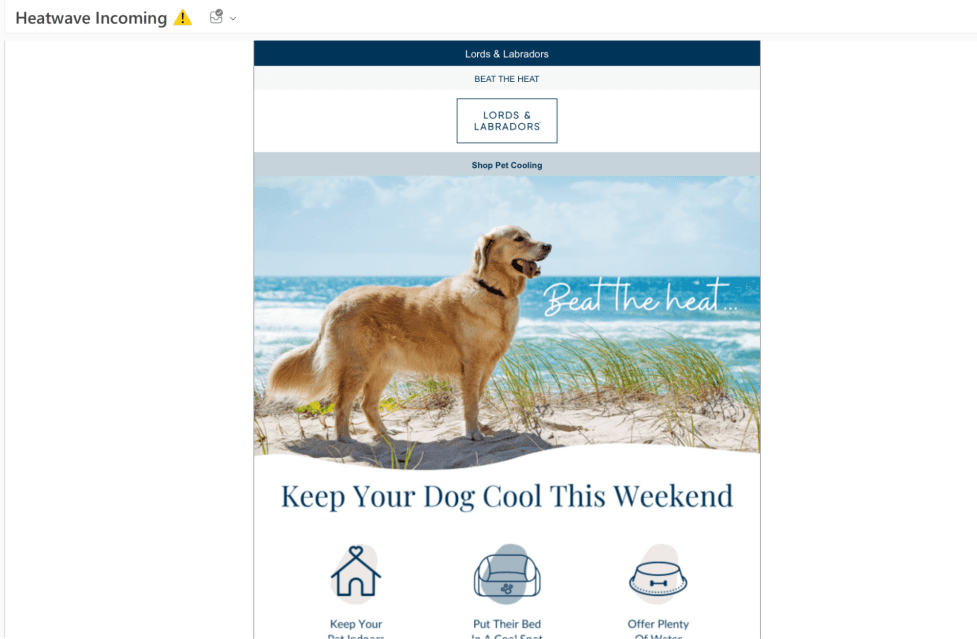
How to personalize the customer experience using data
You can use data to make your marketing, service, and customer experience more tailored to each customer’s needs.
Brands and marketing teams can use personalization for activities like:
- Setting up targeted marketing that addresses specific customer interests
- Send loyal customers automated e-cards and gifts on special dates, such as their birthdays or the anniversary of their first purchases
- Boost engagement and conversions by learning exactly where (and when) customers are likely to see and respond to marketing
- Set up local area codes for a business phone number, making it more likely that people from the area will answer the phone
- Predict future market trends based on past customer behavioral data
- Plan service times with consideration for your customer. For example, if you manage multiple premises, you could use TIMIFY to suggest appointment times that work around your customers’ time zones and work schedules
All in all, you can use data to create more personalized experiences that show you value your customers. But first, you have to gather that data.
How to collect and use data for personalization
There’s plenty to think about when gathering data for personalization. Let’s explore a few ways to collect data safely and ethically and how you might utilize that data in practice.
Familiarize yourself with data protection regulations
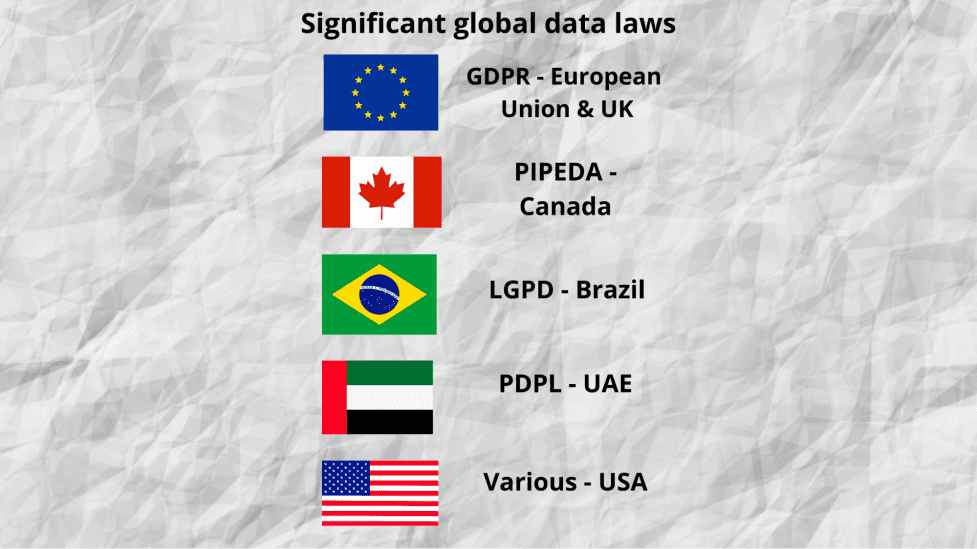
Collecting data is not as simple as sending out bots to harvest customer information in the background. Likewise, you can’t buy data lists from third parties. This kind of data scraping and harvesting is illegal in many parts of the world.
Regulations like GDPR and PIPEDA are strict about how companies can gather data and the ways in which they must protect it. Failing to comply with these regulations can incur significant penalties.
For example, you must ask explicit permission before gathering data, and you need to keep that data secure. Luckily, most of this is now automated.
For example, most call center management software has built-in permission protocols; the software can inform the customer that calls will be recorded and prompt the employee to read out data protection policies when they’re relevant.
Despite how helpful software automations can be, it’s still vital that you familiarize yourself with the data protection regulations in your area and follow them to the letter.
Send out surveys
Surveys are a fantastic way to learn about your customers and prospects. People are often eager to share their feedback with you (especially if you add incentives – more on that later).
Examples of surveys you may use include:
- Customer feedback surveys
- Preference surveys (for example, asking customers what kind of content they’d like to receive from you)
- General “getting to know you” surveys
Create an email newsletter
Email newsletters are a great opportunity to gather data.
By asking customers to subscribe to your email newsletter, you can collect useful data. You can also set up a preference center for your email newsletters, asking customers to detail the topics they want to read about, the volume of emails they’d like to receive, and more.
Use forms
Most businesses use forms at one point or another. Customers fill in forms at checkout, when they book an appointment with you, and when they subscribe to your email list.
You can extract data from every form you use, not just the ones explicitly asking for marketing data. For example, you can collect names and addresses from checkout forms, time zones from booking forms, and more.
Add incentives
To encourage people to hand over their data, you need to make it worthwhile. For example, some email newsletter sign-up forms offer discounts to encourage the customer to subscribe.
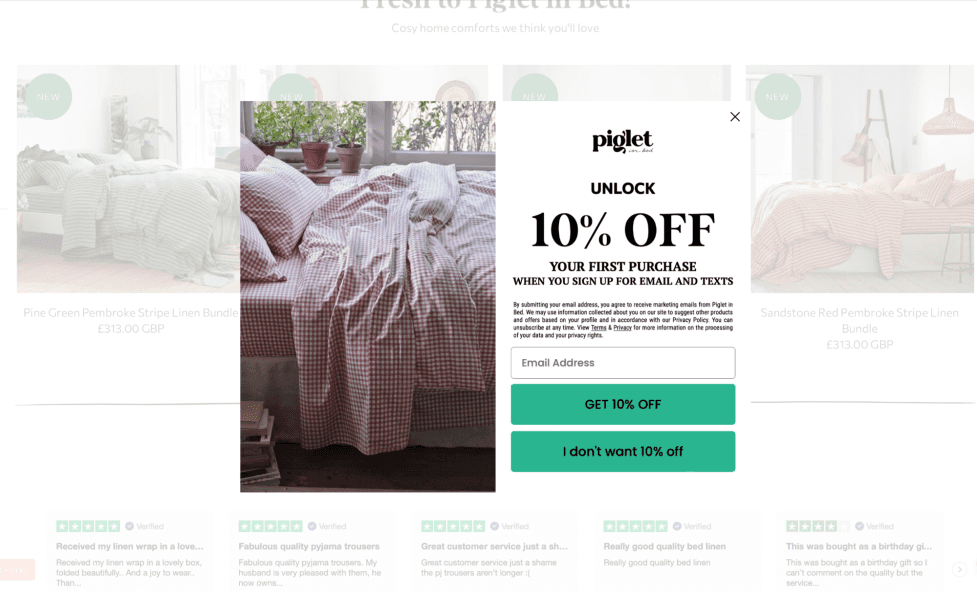
Other incentives could include:
- Exclusive content such as downloadable guides
- Access to premium features
- A loyalty scheme
- Advance information on sales, promotions, and new services
- Early access to new content, products, and services
Be trustworthy
Data is valuable and personal, and it’s understandable that people are reluctant to give it up to companies they don’t trust. You need to prove to your customers that their data is safe with you.
At every data collection point, explain where data will be stored and how it will be used, and display your security certificates and credentials prominently on your website.
It’s also helpful to use data management solutions like ESG Software to keep your data clean, safe, and well-organized.
Being trustworthy should permeate all of your brand activities. You need to demonstrate to customers that you operate in a safe, secure, and ethical way and that you are a company built on integrity.
Personalize the customer experience with the right data

A personalized customer experience is key to obtaining quality leads, boosting your conversion rates, booking more appointments, and building customer loyalty and retention rates.
The secret for anyone looking to personalize the customer experience is data.
Through data-based personalization, you can reach your customers with marketing that’s tailored to their own experiences. You can make your marketing content relevant to specific audiences and create and curate customer journeys that resonate with the customer’s needs and schedule. Personalized appointment booking helps you get your meetings off to the right start. Use TIMIFY for a sophisticated, bespoke way of connecting with your customers on a personal level.

About the author
Rachel Weinberg
Rachel is an experienced marketing professional, content strategist, writer, and editor. She has experience developing and writing cross-channel content for both B2B and B2C audiences. She is enthusiastic about using her content marketing expertise to help brands tell their stories, and she also has a deep passion for theater criticism. Here is her LinkedIn.
Related articles

